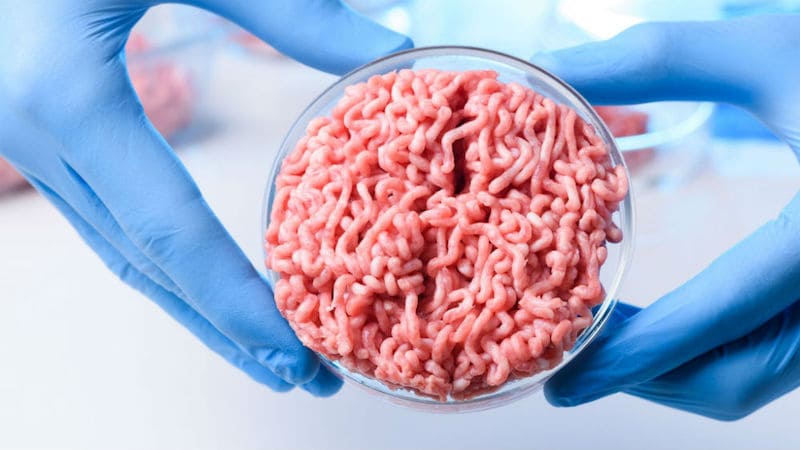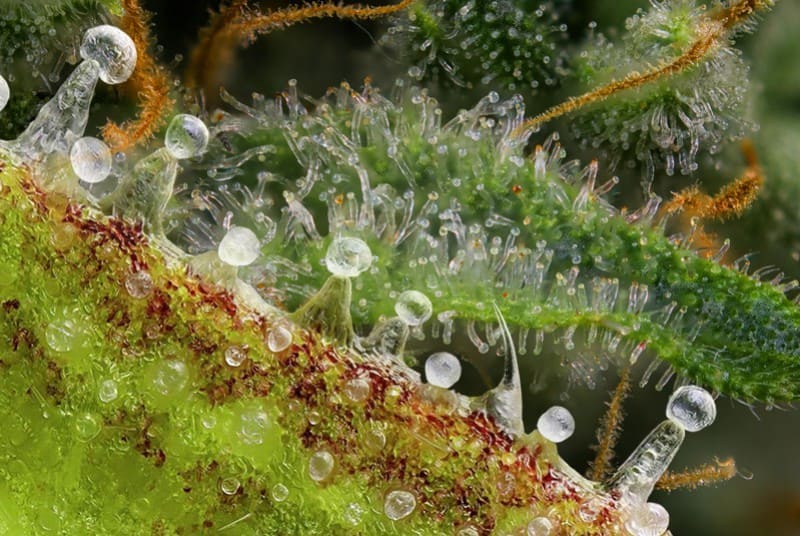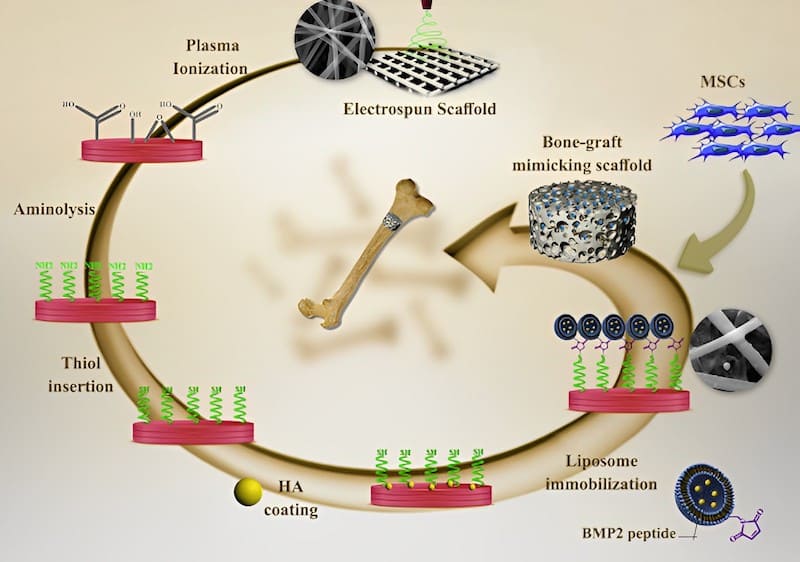
The world stands on the precipice of a food revolution with the arrival of cellular agriculture. At its essence, cellular agriculture employs advanced biotechnological techniques to produce agricultural goods from cell cultures, eliminating the need for traditional farming of entire plants or animals. As the global population continues to surge and the challenges of climate change, land degradation, and water scarcity continue, cellular agriculture presents a sustainable alternative to traditional food production, ensuring that future generations have access to secure and sustainable food sources.
The segmented efficiency of cellular agriculture is its hallmark. Think about it: instead of rearing a whole cow - using vast amounts of water, feed, and land, and producing significant greenhouse gas emissions - just to harvest its meat, why not directly cultivate the meat portions we eat? This approach drastically reduces the environmental footprint associated with food production. Since the introduction of the first lab-grown burger in 2013, the proof-of-concept is already on our plates, highlighting that cellular agriculture isn’t just a future fantasy but a tangible, evolving reality.
To truly harness the potential of cellular agriculture, we need to understand the underlying science and its potential to transform nature. As the world grapples with ever increasing food challenges, cellular agriculture is emerging as a beacon of hope, with the promise of nourishing the world in a way that is both sustainable and humane.

At the heart of cellular agriculture is a blend of biotechnology and synthetic biology, two fields that are redefining what it means to produce food. In essence, cellular agriculture involves taking a small sample of animal cells, often stem cells, and nurturing these cells in a controlled environment that mimics the conditions inside an animal's body. These cells are placed in a nutrient-rich medium that allows them to grow and divide, forming tissues that are essentially identical to those obtained from an animal. This'cellular farming' taps into the natural process of cell regeneration but does so outside of the animal, creating a new paradigm for food production that is less reliant on land, water, and external food resources.
Synthetic biology plays a crucial role in the development of cellular agriculture, serving as the toolkit that enables scientists to engineer cells to behave in desired ways. For instance, scientists can use gene editing tools, such as CRISPR, to modify the genetic material of cells, directing them to produce specific proteins or grow in particular forms. This level of control allows for the customization of the nutritional content of the cultured products, the elimination of undesirable components like saturated fats, and even the production of entirely new foods with unique flavors or characteristics. It's an exciting and rapidly evolving field, bringing precision and innovation to food production.
The interplay between biotechnology and synthetic biology in cellular agriculture is not just revolutionary; it is also increasingly practical. As techniques improve and scale, the cost of producing cultured meat and other cellular agriculture products is steadily decreasing, moving it closer to a price point that is competitive with traditional animal farming. This science-driven approach to food production holds immense promise, as it addresses not only the ethical concerns of animal welfare but also the pressing environmental challenges of our time. In this new era of agriculture, science and sustainability are merging, highlighting the transformative potential of cellular agriculture to reshape our food systems for the better.
Stem cells are the linchpin in the world of cellular agriculture, acting as the foundational units from which all cell-based food products are derived. These cells have the unique ability to differentiate into a variety of cell types, from muscle to fat to connective tissue, making them invaluable in the production of cultured meat and other products. By taking a small sample of stem cells, often extracted from a biopsy of a living animal, scientists can multiply these cells exponentially in a controlled environment. This environment, or bioreactor, provides the cells with the necessary nutrients, hormones, and growth factors they need to grow. As the cells grow and divide, they begin to differentiate and form tissues. The type of tissue - whether it be muscle, fat, or any other kind - is determined by the specific types of stem cells used and the conditions in which they are cultivated.
Tissue engineering complements the potential of stem cells by offering a scaffold on which cells can grow and organize themselves into structured tissues. These scaffolds can be created from various materials, including edible or biodegradable polymers, and are designed to mimic the structural properties of natural tissues. When stem cells are introduced onto these scaffolds, they latch on and begin to proliferate, filling in the spaces and taking on the shape and function of the desired tissue. By fine-tuning the environment and manipulating the scaffold's properties, scientists can coax the cells into creating textures and structures that closely resemble traditional cuts of meat or other desired products. Together, stem cells and tissue engineering are paving the way for the production of foods that are not only sustainable but also indistinguishable in taste and texture from their traditionally farmed counterparts.
Bioreactors are central to the process of cellular farming, serving as the "farms" where cell-based products are cultivated. A bioreactor is a controlled environment designed to cater to the needs of growing cells. It ensures the optimal conditions for cell growth, supplying the necessary nutrients, maintaining the right temperature, pH levels, and oxygen concentrations. These meticulously calibrated conditions mimic the internal environment of an animal's body, allowing cells to thrive and multiply.
Bioreactors come in various sizes and designs, ranging from small-scale versions for research and development to industrial-sized tanks for large-scale production. The choice of bioreactor and its design can influence the efficiency, scalability, and even the quality of the end product, making it a critical component in the cellular agriculture landscape.
Bioharvesting is the subsequent phase, focusing on the extraction of the cultured product from the bioreactor once it reaches maturity. The objective is to harvest the grown tissues without causing damage and ensuring the preservation of their intrinsic properties. Given the delicate nature of these tissues, the harvesting process requires precision and care. Techniques like enzymatic digestion or gentle mechanical separation are often employed to retrieve the product without compromising its quality. Once harvested, the cellular product undergoes further processing to refine its texture, flavor, and nutritional content, preparing it for eventual consumption.
Together, bioreactors and bioharvesting form the backbone of cellular farming, dictating the efficiency and viability of the entire process. As innovations continue in both areas, the cost of producing cell-based products is anticipated to drop, making them more accessible to the general public. These advancements underscore the merging of age-old agricultural practices with cutting-edge technology, offering a sustainable and efficient alternative to traditional farming methods.

Precision fermentation is a key technique in cellular agriculture. It's a process that uses microorganisms (like yeast or bacteria) to produce specific proteins or other substances. In the context of cellular agriculture, precision fermentation can be used to produce animal proteins without the need for animals.
Protein expression is another important technique. It involves inducing cells to produce specific proteins. This is done by introducing a piece of DNA (a gene) into a cell, which instructs the cell to produce a particular protein. This technique can be used to enhance the nutritional profile of cell-based products, for example, encouraging cells to produce more omega-3 fatty acids.
Cellular differentiation is the process by which a cell changes from one type to another, more specialized type. This is how stem cells can be guided to become muscle cells, fat cells, or any other type of cell. It's a crucial process in cellular agriculture, allowing us to produce different types of meat from the same stem cells.
Decellularization is another important process. It involves removing all the cells from a tissue, leaving behind a matrix such as a section of bone that can serve as a scaffold for new cells. This technique can be used to produce meat products with a complex structure, like steak or chicken breast.
Agri-tech, or agricultural technology, plays a significant role in cellular agriculture as well. It involves the use of technology to improve the efficiency and sustainability of agricultural practices. In the context of cellular agriculture, agri-tech can be used to optimize the bioprocess, from cell cultivation to bioharvesting.
Biodegradable scaffolds are a promising area of research in cellular agriculture. These are scaffolds that can be broken down and absorbed by the body. They have the potential to make cell-based meat products more natural and less processed, as the scaffold would simply be absorbed during cooking or digestion.

Cellular agriculture has enormous potential to address global food challenges. By producing food from cells, there is potential to reduce the environmental impact of agriculture, improve animal welfare, and increase food security.
Sustainability is a major advantage of cellular agriculture. By eliminating the need for animal rearing, we can significantly reduce greenhouse gas emissions, land use, and water use. This could be crucial in mitigating climate change and preserving environmental biodiversity.
From an animal welfare perspective, cellular agriculture offers the promise of meat without slaughter. This would eliminate much of the suffering associated with factory farming.
In terms of food security, cellular agriculture could make us less dependent on traditional farming, which is vulnerable to diseases, climate change, and other shocks. By producing food in labs, we could ensure a more stable and resilient food supply.
Interestingly, there are overlaps in techniques between cellular agriculture and other fields, like molecular gastronomy and regenerative medicine. Molecular gastronomy, for example, involves manipulating food on a molecular level to create new textures and flavors. This could be useful in cellular agriculture, for example, to enhance the taste and mouthfeel of cell-based meat.
Regenerative medicine, on the other hand, involves creating tissues and organs like kidneys for transplant. Many of the techniques used in regenerative medicine, like stem cell cultivation and tissue engineering, are also used in cellular agriculture. This overlap could accelerate progress in both fields, as advances in one field could be applied to the other.
Sustainability is a major selling point of cellular agriculture. By producing food from cells, we can potentially reduce the environmental footprint of our food system. This is crucial in the face of climate change and biodiversity loss.
Nutrient optimization is another promising aspect of cellular agriculture. By controlling the conditions in which cells grow, we can potentially enhance the nutritional profile of the resulting products. For example, we could encourage cells to produce more omega-3 fatty acids or less saturated fat. This could make our food not just more sustainable, but also healthier.
The future of cellular agriculture is not limited to meat. The same principles can be applied to produce other types of food, like milk, eggs, and even leather. This opens up a world of possibilities for alternative proteins and other cell-based products.
Beyond food, cellular agriculture could also be used to produce materials, like silk, and even pharmaceuticals. This could change not just our food system, but also our material economy and healthcare system.
The promise of cellular agriculture has the potential to transform our global food system. By producing food from cells, we can potentially make our food system more sustainable, humane, and resilient. It's an exciting field with enormous potential, and it's just getting started.
As we move forward however, we must ensure that cellular agriculture develops in a way that benefits all of society. This means addressing challenges, like making cell-based products affordable and widely accessible, and ensuring that they are safe and healthy. With the right approach, cellular agriculture could be a game changer in our quest for a sustainable and humane food system.